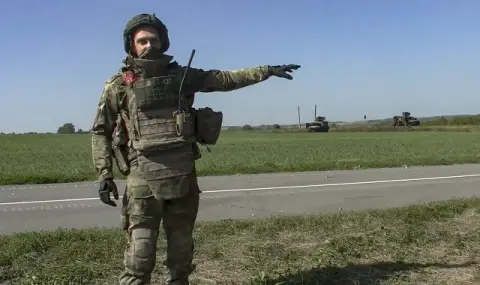Due to significant losses of equipment, the Russians began to use GAZ-69 trucks at the front - this is one of the first Russian SUVs, developed in the late 1940s, Forbes writes.
According to the publication's journalist David Axe, the first truck model came off the assembly line of the Molotov plant in 1952, and the last was completed in 1972. And now this 80-year-old design has become one of the last types of vehicles to enter combat in Ukraine.
The arrival of old SUVs is the latest evidence of the demechanization of the Russian army, the analyst writes. Thus, the losses of Russian armored vehicles and other heavy equipment in the war now exceed 20,000. For comparison, the entire British army has about 18,000 vehicles.
“Losing far more armored vehicles than they can replace through new production or by removing old vehicles from long-term storage, the Russians are increasingly dependent on civilian vehicles not only for battlefield logistics but also for direct attacks on Ukrainian positions“, Axe notes.
The death spiral of Russian transport
Civilian vehicles are even more vulnerable to mines, artillery, drones and missiles than armored vehicles. According to a recent study, armored trucks and civilian vehicles such as vans, trucks, compact cars and golf carts now account for about 70% of Russia's losses, Axe points out. This, in turn, leads to an increase in demand for even less suitable modes of transport, such as electric scooters and even horses and donkeys.
The demechanization of the Russian army does not mean that Russia cannot sustain an offensive, since the Russians still have more men and vehicles than the Ukrainians, the analyst writes:
"Nevertheless, the loss of necessary military vehicles limits Russian forces. Under certain circumstances, demechanized Russian regiments could overwhelm and repel Ukrainian brigades. But in reality, these depleted regiments will not be able to exploit the gaps created in the Ukrainian defenses.“
Strange shifts of Russian equipment at the front
It was previously reported that Russian troops are using horses and donkeys on the Eastern Front. The animals transport supplies and soldiers, helping to avoid the attention of Ukrainian drones.
At the same time, analysts emphasize that the effectiveness of such methods, which are driven more by necessity than creativity, is limited.
Forbes: Russia introduces 80-year-old trucks to the front
The demechanization of the Russian army does not mean that Moscow cannot sustain an offensive, since the Russians still have more people and vehicles than the Ukrainians
Mar 30, 2025 12:53 529
